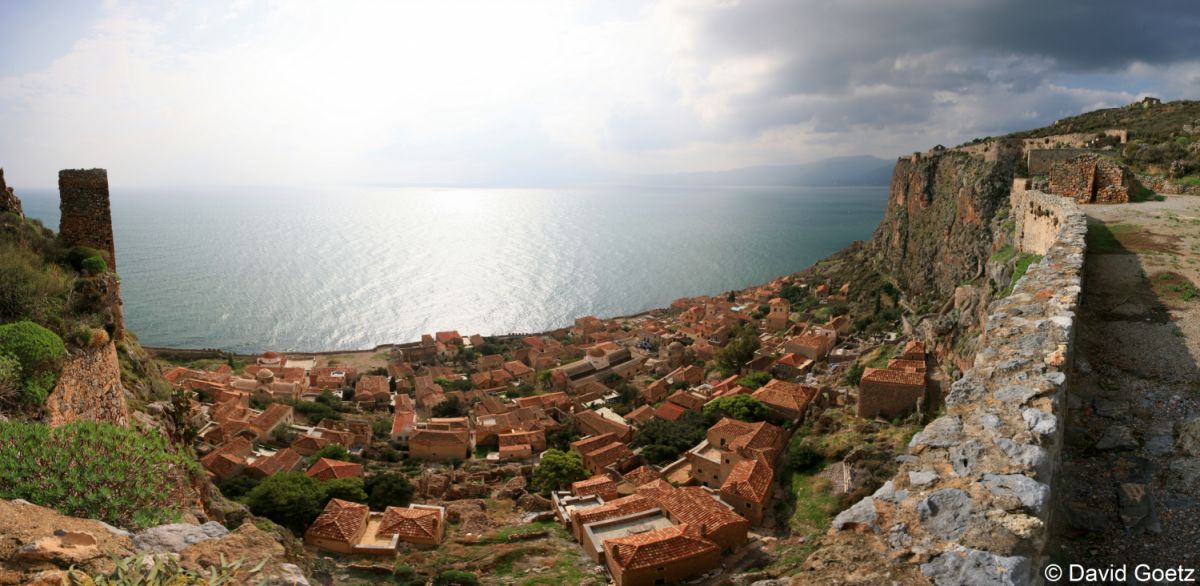Results
2,284 Results
Loading more Results ...
Loading more Results ...
Greece Peloponnese / Πελοπóννησος
P.D.O. Monemvasia-Malvasia / Μονεμβασία-Malvasia
| P.D.O. Monemvasia-Malvasia / Μονεμβασία-Malvasia |
Description to P.D.O. Monemvasia-Malvasia / Μονεμβασία-Malvasia
Greek harbour town (also Malvasy, Monembasia, Monemvassia) with just under 5,000 inhabitants today. It lies on a rock off the coast of the province of Laconia on the south-eastern side of the Peloponnese peninsula. Because of its difficulty in being captured, it was known as the "Gibraltar of the East". It owes its name to its location, "moni embasia" means "only access". In an extremely eventful history, it was under the rule of Byzantium, the Franks, Byzantium again, the Ottomans, the Pope, Venice, then the Ottomans again, Venice again and finally the Turks, until it finally fell to Greece in 1821 in the Greek War of Liberation. In the late Middle Ages, especially under Venetian rule, the city was a famous trading centre for sweet wines from the Aegean, especially from the islands of Crete (Candia), Paros, Santorini (Thira) and Cyprus, which were shipped from here to many countries in Europe. This gave rise to the collective name Malvasia for the mostly sweet dessert wines made from various grape varieties that are often not even related. There is also an autochthonous Greek grape variety called Monemvasia.

In 2010, the new Monemvasia-Malvasia appellation was created. It covers the regions of Asopos, Molai, Monemvasia and Vies in the south of the Peloponnese region or peninsula. It is a revival of the historic sweet wine. Mandatory is at least two years of oxidative ageing; in case of longer ageing, the duration must be four years or a multiple of four (8, 16 etc.). Different vintages (vintages) can also be blended, similar to the solera method for sherry, whereby the most recent vintage must be indicated on the label. The wine must be made from dried grapes of the varieties Monemvasia (to. 51%), Assyrtiko, Asproudes and Kydonitsa. There is a Liastos and a liqueur wine.
More information in the magazine
- Wineflight through Thessaloniki Wine enjoyment between harbour, antiquity and concrete
- The collections and discoveries of the year Tasting season 2020/21
- In the land of the autochthones Greece
- On a quality course The Wines of Northern Greece
- Munich Wine Fair Greek wine reveals unknown specialities
- Santorini's Crater Wines Between a decline in area and a quality offensive
- From Cabernet, Stavroto, Limnio and Batiki The Wine Roads of Northern Greece
- Forest fires destroy vineyard in the Peloponnese The green hills of hope
- The "new" retsina Cult wine with cultural background
- March 2004 St. George wine